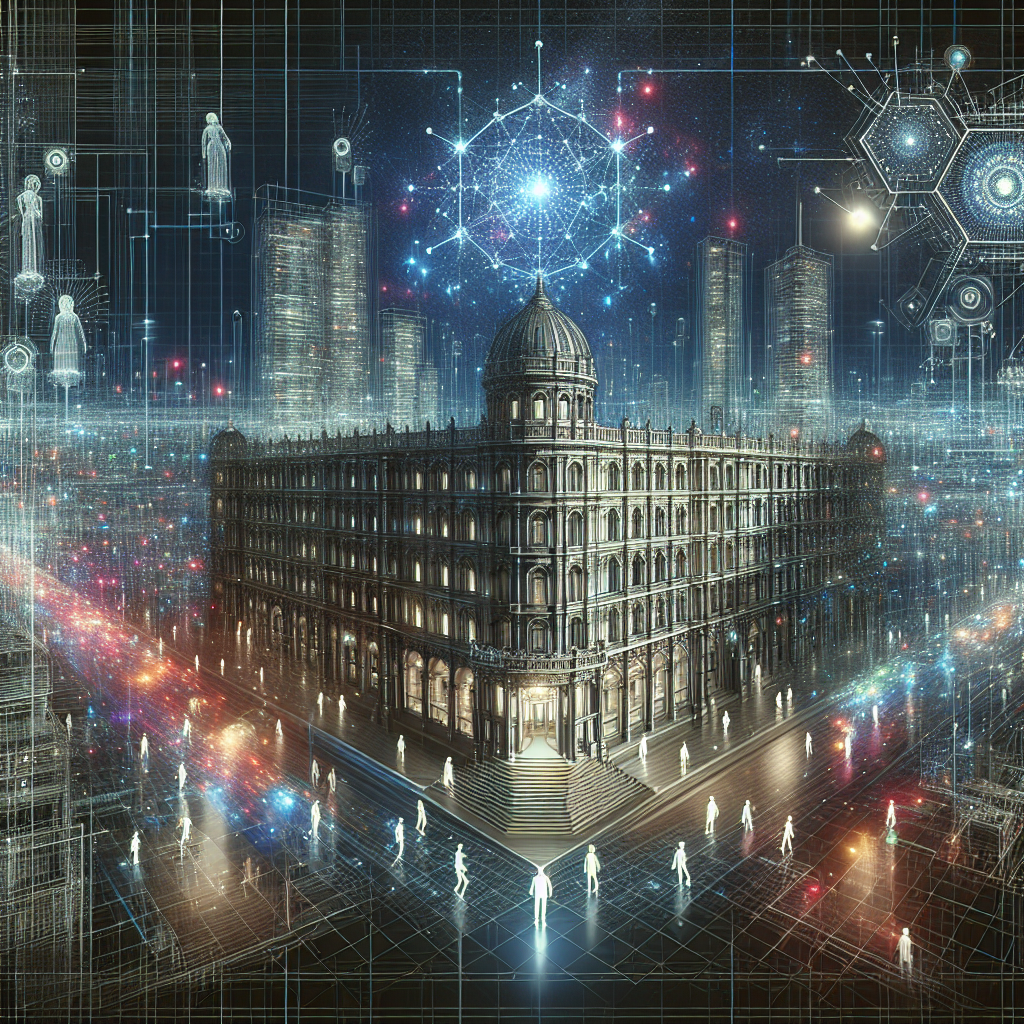Architectural photography has long been a critical component of the design and construction industries, providing a visual record of buildings and structures that showcases the creativity and skill of architects, engineers, and builders. With the rapid advancements in artificial intelligence (AI) technology, architectural photography is experiencing a significant transformation. AI is revolutionizing the way photographers capture, edit, and present architectural images, leading to new possibilities and challenges in the field.
Impact of AI on Architectural Photography:
1. Automated Image Editing:
AI-powered software programs can now automatically edit and enhance architectural images, saving photographers valuable time and effort. These programs can adjust lighting, color, and composition, resulting in professional-quality images with just a few clicks. This automation allows photographers to focus on capturing the perfect shot, knowing that the editing process will be streamlined and efficient.
2. Virtual Staging:
AI technology is enabling photographers to virtually stage architectural images, adding furniture, decor, and other elements to create a more realistic and appealing representation of a space. This virtual staging can help potential buyers or clients visualize the potential of a property, leading to increased interest and sales. Additionally, virtual staging can be cost-effective and time-saving compared to traditional staging methods.
3. Drone Photography:
AI-powered drones are revolutionizing architectural photography by providing unique perspectives and angles that were previously inaccessible. Drones equipped with AI technology can capture stunning aerial shots of buildings and structures, showcasing their design and scale in a way that traditional photography cannot. This technology allows photographers to create dynamic and impactful images that stand out in a crowded market.
4. Enhanced Image Recognition:
AI technology has improved image recognition capabilities, allowing photographers to quickly identify and tag architectural elements in their images. This enhanced image recognition makes it easier to organize and search for specific images, saving photographers time and increasing productivity. Additionally, AI-powered image recognition can help photographers identify trends and patterns in their work, leading to improved techniques and strategies.
5. Real-time Feedback:
AI-powered cameras and editing software can provide real-time feedback to photographers, helping them adjust settings and compositions on the fly. This instant feedback allows photographers to capture the perfect shot in the moment, leading to more efficient and effective photography sessions. Additionally, AI technology can analyze images and provide suggestions for improvement, helping photographers refine their skills and techniques.
Frequently Asked Questions (FAQs):
1. How is AI impacting the role of photographers in architectural photography?
AI is changing the way photographers approach their work, providing tools and technologies that streamline processes and enhance creativity. While AI can automate certain tasks, such as editing and image recognition, photographers still play a critical role in capturing unique perspectives and compositions that showcase the beauty and complexity of architectural designs.
2. Will AI replace photographers in architectural photography?
While AI technology is advancing rapidly, it is unlikely to replace photographers entirely in architectural photography. Photographers bring a creative eye and artistic vision to their work that cannot be replicated by AI. However, AI can assist photographers in improving efficiency, productivity, and quality in their work, leading to better results and increased opportunities.
3. How can photographers leverage AI in architectural photography?
Photographers can leverage AI technology in various ways to enhance their work in architectural photography. By using AI-powered editing software, virtual staging tools, and drones equipped with AI capabilities, photographers can create stunning and impactful images that stand out in a competitive market. Additionally, photographers can use AI-powered image recognition to organize and analyze their work, leading to improved techniques and strategies.
4. What are the challenges of using AI in architectural photography?
While AI technology offers many benefits to photographers in architectural photography, there are some challenges to consider. AI-powered tools can be expensive to acquire and require training to use effectively. Additionally, there may be concerns about privacy and data security when using AI technology to analyze and edit images. Photographers should carefully consider these challenges and weigh the potential benefits before incorporating AI into their workflow.
In conclusion, the impact of AI on architectural photography is significant and transformative. AI technology is revolutionizing the way photographers capture, edit, and present architectural images, leading to new possibilities and challenges in the field. By leveraging AI-powered tools and techniques, photographers can enhance their work, create stunning images, and stay competitive in a rapidly evolving industry. As AI continues to advance, photographers must adapt and embrace these technologies to stay ahead of the curve and produce exceptional architectural photography.

